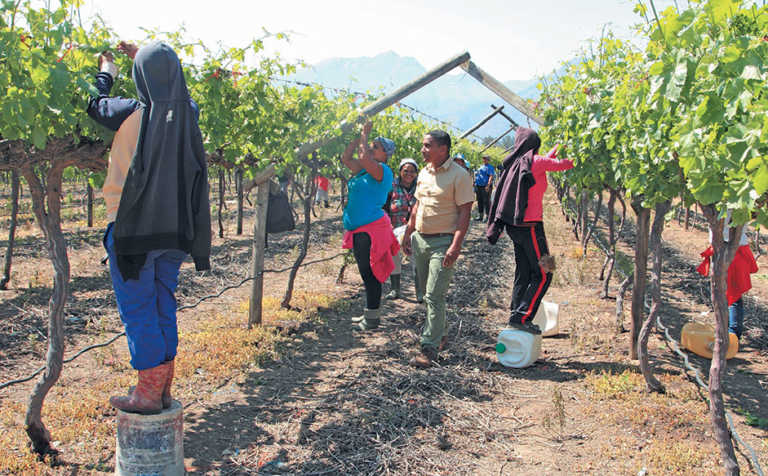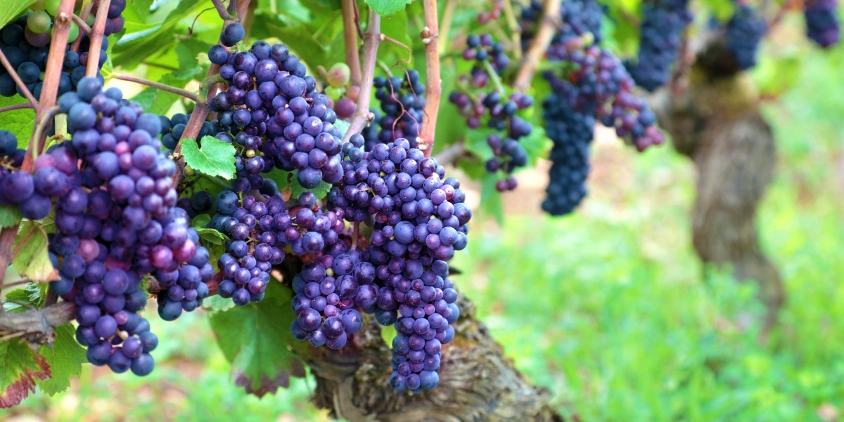The global wine industry is facing its most turbulent period in decades, with consumption at its lowest since 1961 and climate change reshaping production. According to the Bureau for Food and Agricultural Policy (BFAP), adaptability, innovation, and strategic differentiation will determine how resilient the industry remains in the years ahead.
In its Baseline 2025 report, BFAP revealed that global wine consumption fell by 3.3% in 2024 to 21.4 billion litres — the weakest performance in nearly 65 years. Inflation, shifting consumer habits, and affordability pressures played a major role in this decline. South Africa was not spared, with consumption dropping by 2.8% to 456 million litres, consistent with pre-pandemic levels.
On the production front, global vineyard areas have continued to contract for six straight years, down to 7.1 million hectares. South Africa has mirrored this trend, marking 17 consecutive years of decline. Severe weather events such as droughts, frosts, and heavy rains cut global production to 22.6 billion litres in 2024 — the lowest in over 60 years. Locally, output dropped to 883 million litres, 5.4% lower year-on-year and the smallest harvest in more than two decades.
Despite these challenges, trade opportunities are emerging. Bulk wine exports have grown globally, with volumes up 3.3% and values increasing by nearly 10%. South Africa’s bulk exports dipped slightly, but the average export price improved by over 8%. Packaged wine exports rose by 5.4%, though prices softened slightly. BFAP suggested that South Africa could expand its share in higher-quality bulk wine packaged at destination markets, reducing supply chain costs and boosting returns.
Looking ahead, South African wine exports are expected to decline modestly, averaging a 1.5% annual drop until 2034. However, this is a slower rate of decline compared to the previous decade. While exports to Europe and the UK will remain significant, opportunities exist in North America, Asia, and Africa if supportive trade frameworks are put in place.
Domestically, consumption of low-priced wines is projected to stabilise, while premium, ultra-premium, and super-premium categories are expected to grow by nearly 27% over the next decade. Rising urbanisation, a growing middle class, and improved wine education are driving this trend. Sparkling wine will continue to expand moderately, while fortified wines and brandy are forecast to decline as consumers move away from high-alcohol options.


The vineyard landscape is also changing, with older vines expected to dominate by 2034. This will likely reduce yields but could sustain stronger grape prices. Vineyard contraction is forecast to stabilise by 2027 before gradually recovering.
Industry leaders emphasise that collaboration, supportive policies, and improved infrastructure will be critical. Rico Basson, CEO of South Africa Wine, noted that bulk and bottled exports should be seen as complementary rather than competitive. He stressed that South Africa’s strength lies in innovation, diversity, and quality — but unlocking this potential requires an enabling environment, including faster port turnaround times, reliable logistics, and favourable trade agreements.
Ultimately, the resilience of South Africa’s wine industry will depend on its ability to adapt. As global consumption patterns evolve and climate challenges intensify, the industry must balance tradition with innovation, ensuring that South African wine continues to secure its place on the world stage.